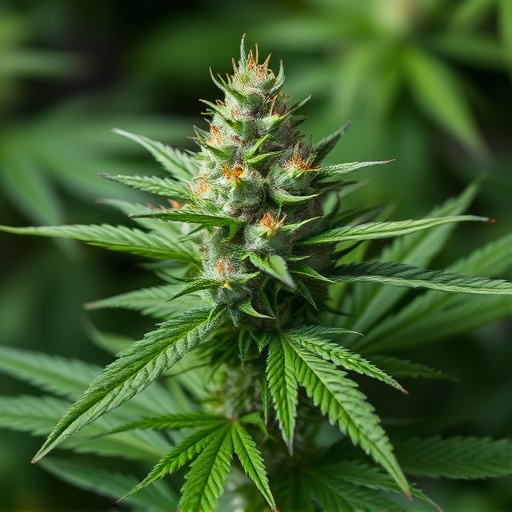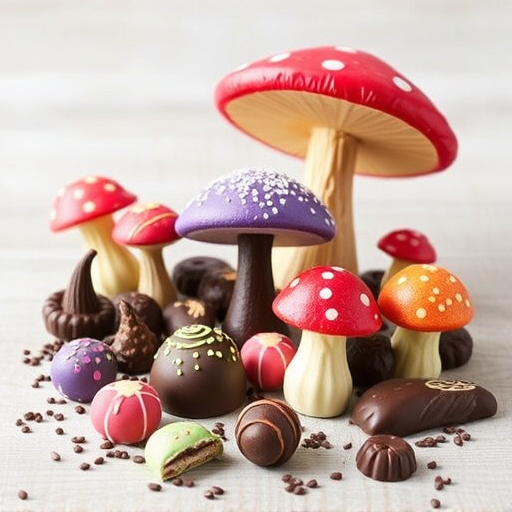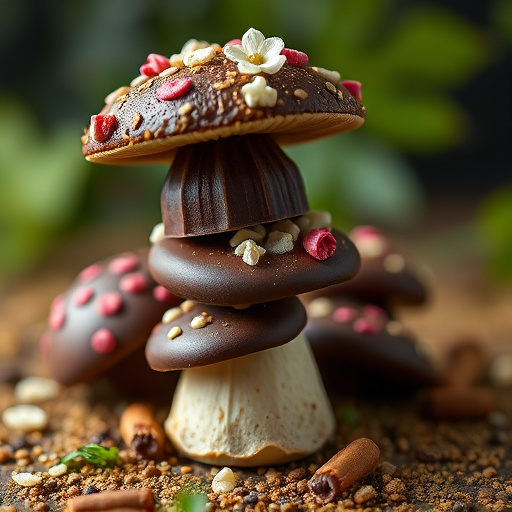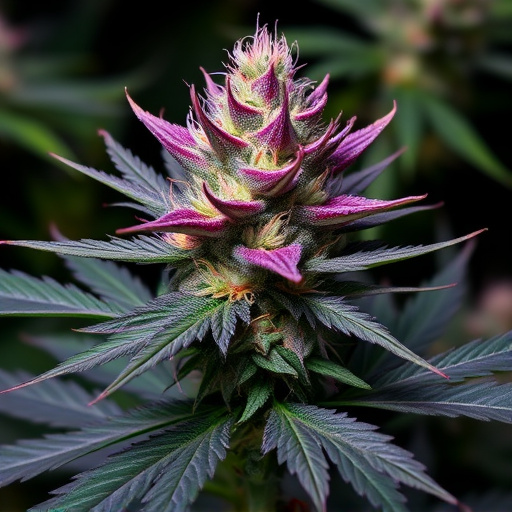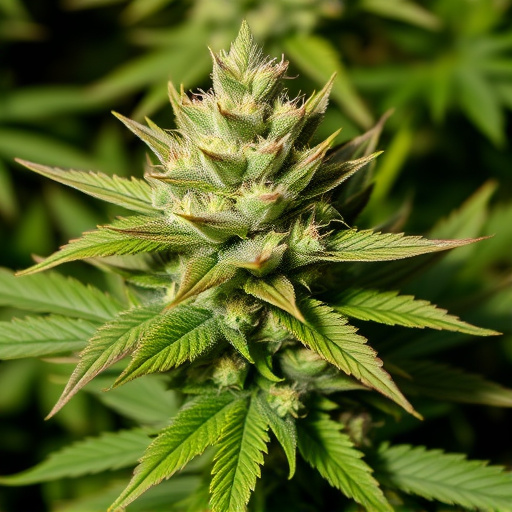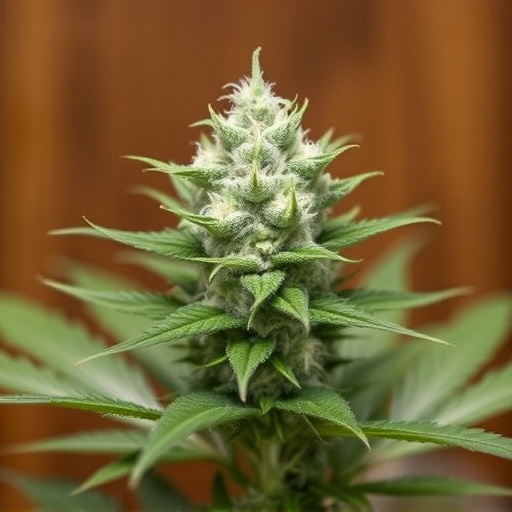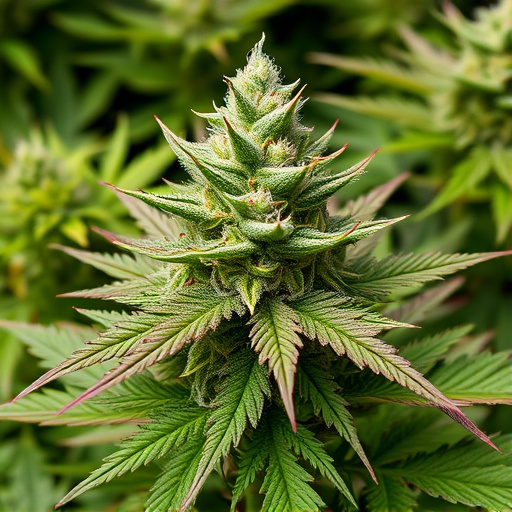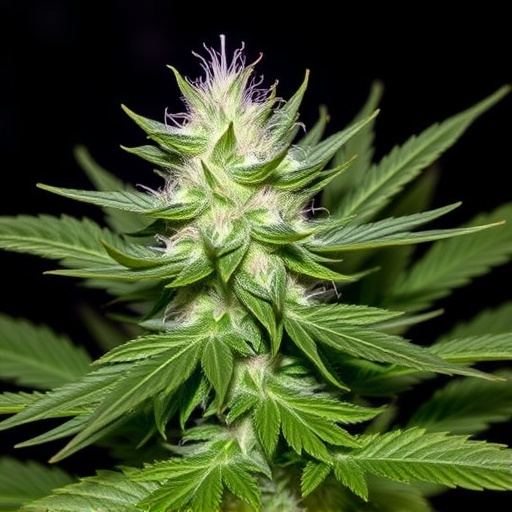Proper storage is vital for preserving the quality and potency of classic cannabis strains like Northern Lights, Girl Scout Cookies, and Afghani. Visual cues such as discoloration or altered scents indicate potential mold growth or expiration. Discoloration may appear as dullness or brittleness, while a musty odor signifies contamination. Regular inspection ensures freshness and safety. Improper storage leads to physical degradation, reduced potency, and diminished effects. High moisture content in compact bud structures makes classic strains susceptible to mold, emphasizing the importance of cultivation and storage practices.
“Uncover the subtle signs of moldy or expired weed with our comprehensive guide. While cannabis enthusiasts appreciate the art of cultivation, it’s essential to recognize the visual and olfactory cues that indicate spoilage. From discoloration and distinct aromas to textural changes and potency fluctuations, this article equips buyers with knowledge to navigate the market for premium classic cannabis strains. Explore the common traits of susceptible strains, ensuring a safe and satisfying experience.”
- Visual Indicators: Discoloration and Aroma
- Textural Changes and Potency Impact
- Common Classic Cannabis Strains Prone to Mold and Spoilage
Visual Indicators: Discoloration and Aroma
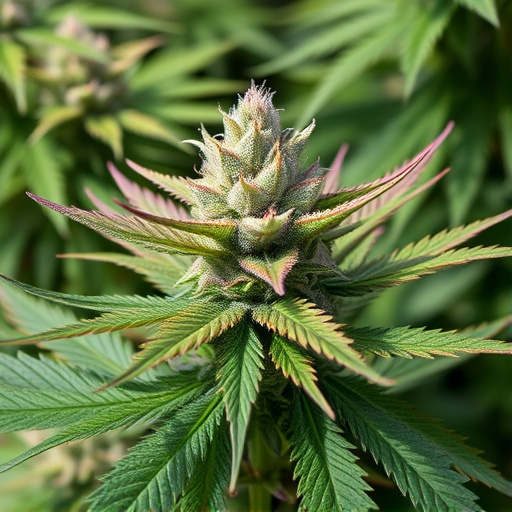
When it comes to identifying moldy or expired weed, the senses play a crucial role. Visual indicators like discoloration are often the first signs that something is amiss. Classic cannabis strains, known for their vibrant colors and distinct aroma, can quickly turn stale or develop mold if not stored properly. Discolored buds may appear dull, brittle, or even have patches of blue, black, or white growth—a clear indication of potential contamination.
The nose is also a powerful tool in this detection process. Fresh cannabis has a robust, earthy scent that varies depending on the strain. As weed ages, this fragrance can shift, becoming musty or even pungent with an underlying moldy odor. This change in aroma, combined with visible discoloration, should prompt further investigation to ensure you’re not consuming potentially harmful products.
Textural Changes and Potency Impact
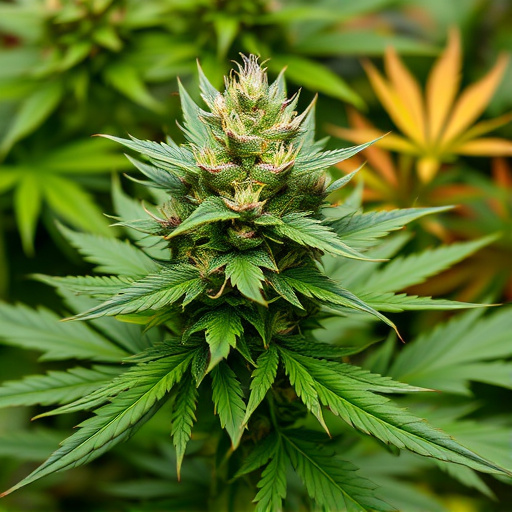
Over time, weed can undergo noticeable textural changes, especially if stored improperly or exposed to adverse conditions. Fresh cannabis is typically fluffy, light, and airy—a characteristic often described as “bursting” with potential. However, as it ages, this texture can transform into a stale, tough, or even crumbly consistency. This physical change is a clear sign that the weed has gone past its prime.
The potency of classic cannabis strains also takes a hit over time. Cannabinoids, like THC and CBD, are susceptible to degradation, leading to a reduced psychotropic effect. Users may find that older batches offer a milder high or even fail to produce the desired effects entirely. This is particularly important for those seeking the therapeutic benefits or specific entheogenic experiences associated with particular classic strains.
Common Classic Cannabis Strains Prone to Mold and Spoilage

Some classic cannabis strains are unfortunately more susceptible to mold and spoilage due to their dense flower structure and high cannabinoid content. Indica-dominant varieties, known for their heavy resin production and compact bud formations, often top the list. Strains like Northern Lights, Girl Scout Cookies, and Afghani have gained popularity for their potent effects but also require extra care to prevent mold growth. Sativa strains with similar dense buds, such as Haze variants and Super Silver Hair, are equally prone to spoilage if not stored properly.
The high moisture content in these classic cannabis strains makes them ideal habitats for mold and mildew spores. Their dense nature traps humidity, creating the perfect environment for these fungi to flourish. Moreover, their popularity means a higher demand, potentially leading to less careful cultivation and storage practices, further increasing the risk of spoilage.
In the world of cannabis, ensuring the quality and safety of your weed is paramount. By recognizing the visual indicators of discoloration and unusual aromas, along with textural changes that signal decreased potency, you can avoid consuming moldy or expired product. Understanding which classic cannabis strains are more susceptible to spoilage helps inform savvy consumers about potential risks. Armed with this knowledge, folks can make informed choices, fostering a healthier and more enjoyable cannabis experience.

